RETRO FILM REVIEW – The James Bond franchise has had its highs and lows, but in our view, and according to Rotten Tomatoes, the best entry hit theaters exactly 60 years ago. Based on Ian Fleming’s James Bond books, the 007 series began in 1962 with the release of Dr. No. Since then, 25 more films have followed, each varying in quality.
Not every man wants to be James Bond, but every boy does. In each adventure, he saves the world, defeats unusual villains, plays with cool gadgets, and seduces, or is seduced by, incredibly attractive women (though this last aspect is less appealing to boys under 12).
James Bond: The Most Resilient Movie Hero of the Century
He’s a hero, but he’s not boring. Even when facing certain death, he finds comfort in the thought that he might get lucky first. Bond is obsessed with creature comforts, a constant trial for his superiors, a master of all things material, and can parachute into enemy territory only to appear in a tuxedo moments later. When it comes to movie spies, Agent 007 is a full-service experience.
James Bond remains the most enduring movie hero of this century, and likely the next—although Sherlock Holmes is also immortal, and Tarzan seems ripe for a reboot. (Star Wars (1977) and Star Trek movies are excluded because they lack a single hero or continuous timeline.)
Over the past six decades, the Bond films have consistently been commercially successful. Altogether, the 25 official movies have grossed nearly $7.7 billion worldwide (according to The Numbers), and with Bond 26 on the way, that total is only set to grow. Yet, in terms of critical reception, the 007 franchise has been far more mixed. Still, according to our Top 10 James Bond Movies and Rotten Tomatoes, the best Bond film is clearly Goldfinger.
While diamonds mark a 60th anniversary, every major milestone for the James Bond film Goldfinger deserves a solid bar of gold. The third, and arguably one of the best Bond films, set the (gold) bar high when it hit theaters 60 years ago, not only for future 007 outings but for the entire spy genre.
Goldfinger: Rotten Tomatoes’ Top Bond Movie
Currently, the highest-rated James Bond film on Rotten Tomatoes is 1964’s Goldfinger, which holds a near-perfect score of 99%. It is the third film in the series and the only 007 movie to make it onto the list of the 300 greatest films of all time, as decided by Tomatometer-approved critics and Rotten Tomatoes users, where it currently sits at 116. In Goldfinger, Sean Connery’s James Bond is tasked with taking down gold magnate Auric Goldfinger (Gert Fröbe), whose evil plan involves blowing up the gold bullion stored at Fort Knox.
Top 5 James Bond Films According to Rotten Tomatoes
| Film | Rotten Tomatoes Score |
| Goldfinger (1964) | 99% |
| From Russia With Love (1963) | 97% |
| Dr. No (1962) | 95% |
| Casino Royale (2006) | 94% |
| Skyfall (2012) | 92% |
After its release, Goldfinger garnered positive reviews for its action scenes and the performances of its cast, bringing in $125 million on a $3 million budget (via The Numbers). It narrowly beats its predecessor, 1963’s From Russia With Love, as the highest-rated installment in the series. Goldfinger is one of twenty entries in the franchise to receive a Fresh rating (a score of 60% or higher), but none of the others made it onto the list of the top 300 films.
Why Goldfinger Is the Best James Bond Film – The 60-Year-Old 007 Movie Has Stood the Test of Time
While Dr. No and From Russia With Love both introduced elements of the classic 007 formula, Goldfinger perfected it. Of course, Rotten Tomatoes is just one metric for measuring a movie’s quality, and while it’s a pretty solid system, it’s not perfect. Nevertheless, when it comes to the James Bond franchise, it’s hard to argue that the online review aggregator got it right. In many ways, Goldfinger is the quintessential Bond film. While Dr. No and From Russia With Love both introduced elements of the classic 007 formula, Goldfinger perfected it and has since served as the template for almost every installment in the franchise.
Goldfinger is packed with iconic scenes that have gone down in cinema history, from Shirley Eaton covered in gold paint to the laser sequence to Bond’s Aston Martin DB5. At its core, however, is an intriguing and wickedly engaging plot that holds up even today. Add a truly menacing antagonist, a henchman with a clever trick, and a Bond girl who gives 007 a run for his money, and the result is an epic espionage film worthy of all its praise.
Goldfinger Was the First James Bond Film to Win an Academy Award
While some debate Goldfinger‘s status as the very best of the James Bond series, few argue that it deserves a high position. After all, it not only holds the highest Rotten Tomatoes critics’ score of any entry in the 007 franchise, but its audience score is also impressive. In fact, Goldfinger currently holds a Rotten Tomatoes audience score of 89%, the second highest in the series behind 2006’s Casino Royale, demonstrating just how beloved the 60-year-old movie is.
Goldfinger was also the first Bond film to feature a pre-credits sequence, expand the presence of the Q branch, and introduce spy-worthy gadgets. This led to promotional tie-in products, with a toy Aston Martin DB5, produced by Corgi Toys, becoming a top seller in the U.S. and UK that holiday season.
The movie featured a villain with a truly grand plan, a name that was more than fitting, an over-the-top henchman, and a femme fatale with arguably the most outrageous name in the Bond franchise. Also noteworthy is that Goldfinger was the only Sean Connery film in the Bond series not to feature the criminal syndicate known as SPECTRE, arguably making for a better film.
Goldfinger set a high bar. Bond was more shaken than stirred, and let’s just say, he did quite well with the ladies.
Bond doesn’t set out to stop a diabolical plan – instead, 007 is initially tasked with investigating Auric Goldfinger, who is believed to be involved in an illicit gold-smuggling operation. It seems like a mundane mission for an agent licensed to kill, but Bond then uncovers a much larger plot: the “robbery” of Fort Knox.
A Solid Gold Classic
The film also differs from other Bond adventures in that there is far less of a “cat and mouse” game, as Bond is held captive throughout much of Goldfinger. Yet, this one has remained a solid gold classic in the series with its still over-the-top plot, sinister characters, and exotic settings.
Moreover, one aspect of the James Bond series largely forgotten today is that the first two films – Dr. No and From Russia With Love – weren’t initially intended to be international blockbusters. They were fairly low-budget films designed for a European audience. Dr. No even received mixed reviews and was only a minor hit in the United States, while the follow-up initially earned tepid reviews; yet, it became a smash hit worldwide. Thus, when it came time to make a third film, greater emphasis was placed on production values, which is evident in Goldfinger – as Bond is given a cooler car and a variety of gadgets.
The production also took place in several locations, from Miami and Louisville in the United States to Switzerland. Interestingly, Sean Connery filmed all his scenes at Pinewood Studios in the UK to help keep the budget in check. Only the second unit was sent to those other colorful locations.
Another interesting piece of trivia – Bond carried a Walther PPK but never fired it in the film.
As the seventh James Bond novel by author Ian Fleming, Goldfinger had already been reasonably well-received, and its transition from page to screen was one of the more faithful of the series at the time. The resulting film went on to set a box office record, recouping its production costs in just two weeks—and it was so popular that theaters in the UK added screenings around the clock to keep up with demand.
Robbing Fort Knox
Today, any mention of Fort Knox likely includes a reference to Goldfinger, and perhaps for a good reason. Before Fleming’s novel and then the film, the idea of robbing the U.S. gold supply was likely too outrageous to consider – although in the 1951 Abbott & Costello comedy Round the Mountain, the hapless pair who are seeking treasure end up in the United States Bullion Depository and are immediately arrested!
A key difference between the novel and the film is that Auric Goldfinger’s plan calls for a criminal syndicate to steal the U.S. gold deposit from Fort Knox. In the movie, Bond correctly points out that moving even a fraction of the gold would take nearly two weeks – and Goldfinger acknowledges that the gold would instead be irradiated with a Chinese-supplied dirty bomb.
Economists have seriously debated the validity of the plan since the film was released, noting it would result in a global economic meltdown while causing the price of all gold supplies to increase. Likewise, chemists and nuclear physicists have questioned whether it would make the gold inaccessible for decades – 58 years when the film was made, so if Goldfinger succeeded, we’d be retrieving that precious metal about now!
While the actual plan is questionable, Goldfinger explains in a fair amount of detail to the various American gangsters he gathered in his lair how they succeeded in bringing into the country a laser, nerve gas, and even the dirty bomb – before he proceeds to kill them, of course. It can be speculated the villain was stroking his ego, but his explanation does tell the audience how it all came together.
It is unknown whether the United States Bullion Depository resembles what is seen on the big screen, as filming wasn’t allowed anywhere near the actual building. Instead, the vault’s exterior was replicated at Pinewood Studios in the UK based on educated guesses and what the producers thought would look good. A long-told story is that the comptroller of the facility at Fort Knox wrote to the film’s set designer to praise his depiction of the vault.
Also noteworthy is that though the filmmakers couldn’t get close to the real vaults, the production was granted permission to have the all-female Flying Circus aviators make a quick pass over the U.S. military base. The pilots were initially instructed to remain above 3,000 feet. Instead, they flew as low as 500 feet, which wasn’t exactly well-received by the U.S. military, but the results paid off for the film.
60 Years Ago, Goldfinger Changed the Future of Bond Films
On September 17, 1964, Goldfinger wasn’t just another James Bond movie; it redefined the spy genre and laid the foundation for Agent 007’s legacy. Its perfectly crafted action sequences, charismatic villain, and sharp humor made this classic unforgettable. Without Goldfinger, we might view the world of Bond films differently today, as this movie showed how to balance danger with entertainment. Sixty years later, it remains a true classic in every sense.
-Herpai Gergely “BadSector”-
Goldfinger
Direction - 9.2
Actors - 9.1
Story - 8.6
Visuals/Sound (1964) - 10
Ambience - 10
9.4
AWESOME
Six decades after its release, Goldfinger still holds its place at the top of the James Bond films, having defined the essential features of the franchise and the character of Agent 007's adventures. A highly effective spy movie, it continues to stand the test of time with its bold characters, memorable scenes, and clever storytelling.

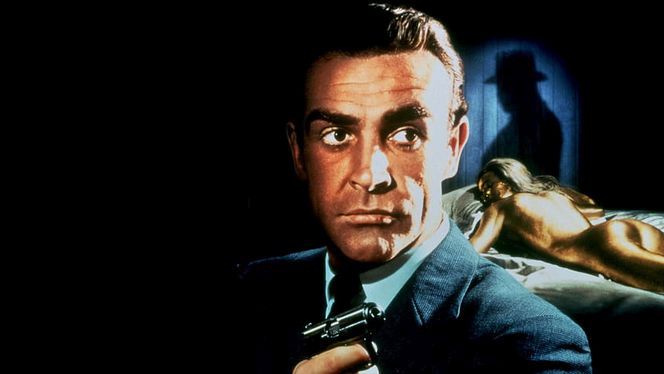
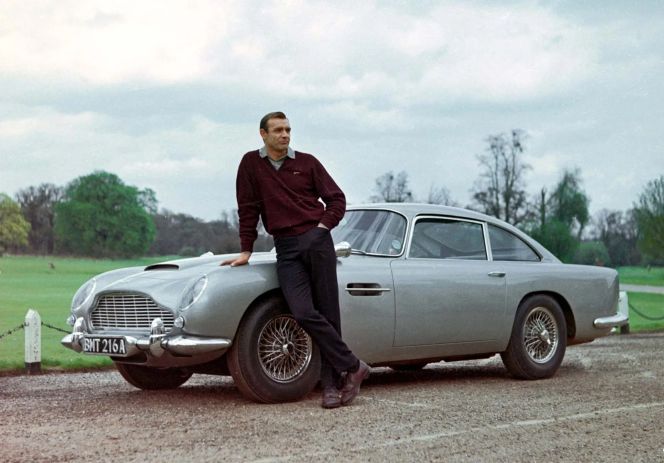
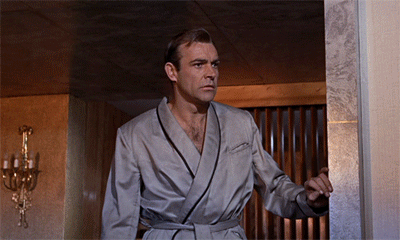
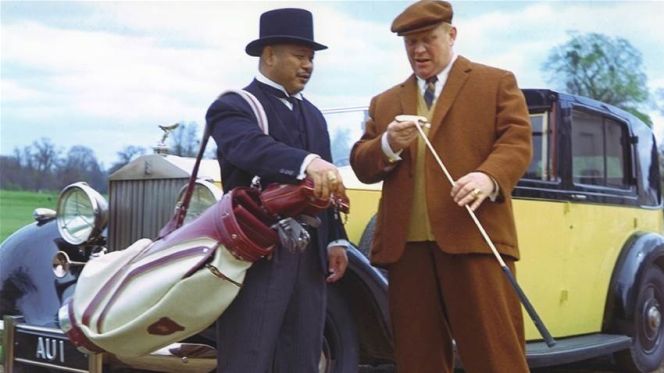
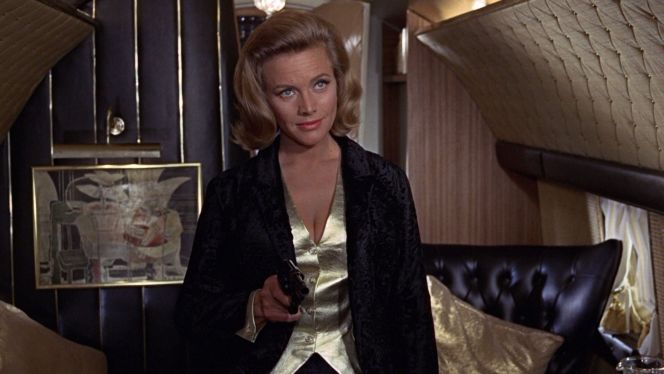
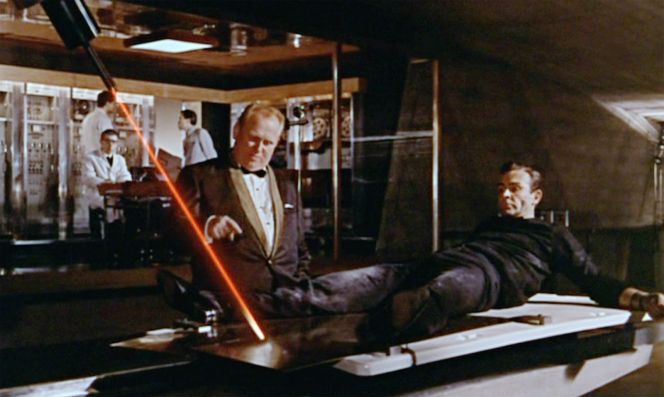

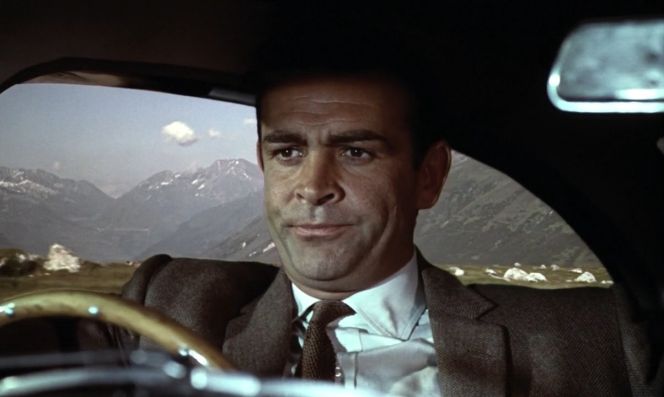
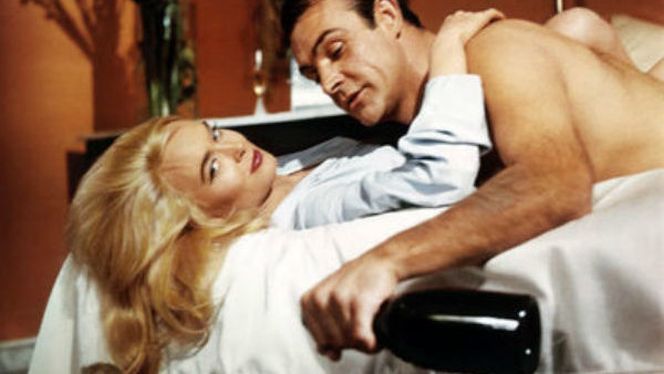














Leave a Reply